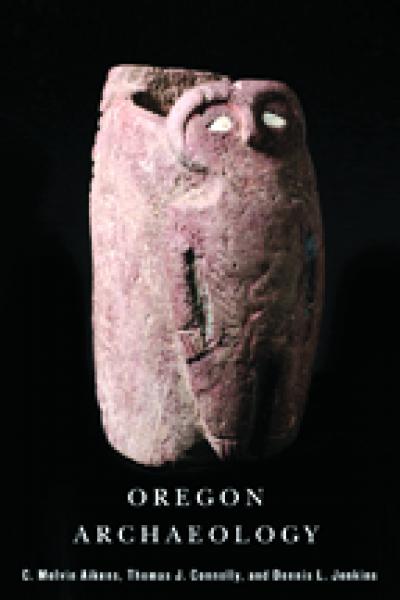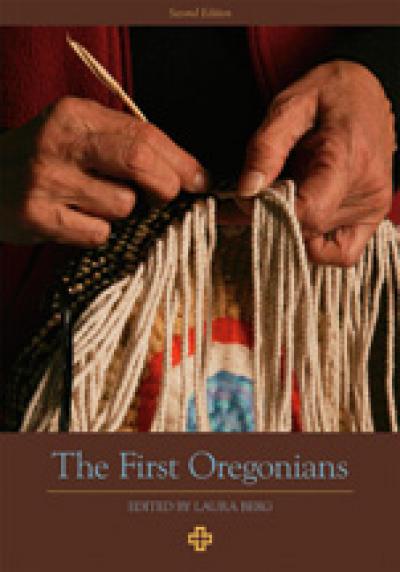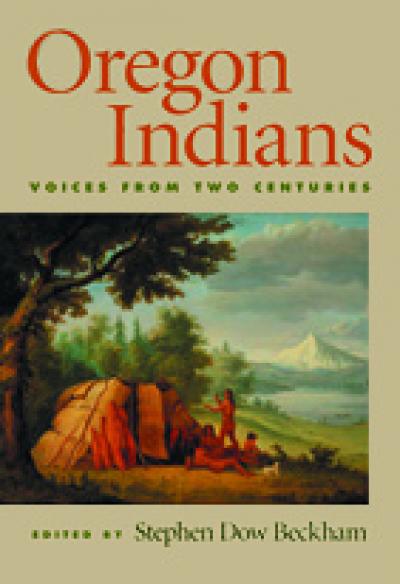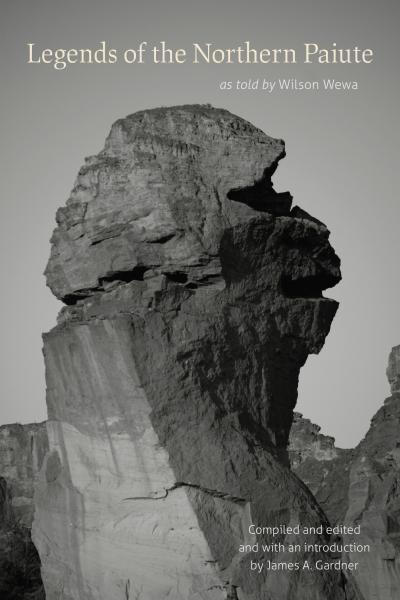
The Sandal and the Cave
Luther S. Cressman
Introduction by Dennis L. Jenkins.
Luther Cressman's 1938 discovery of a 9,000-year-old sandal in Fort Rock Cave revolutionized accepted theories of western prehistory. The recovery of the woven sagebrush-bark sandal, found buried under a layer of volcanic ash from the eruption of Mount Mazama, established a human presence in the Oregon Country much earlier than previously thought.
Through six decades of scientific investigation, Cressman worked to uncover the history of the first Oregonians. In The Sandal and the Cave, he offers a brief, lucid introduction to the prehistory of Oregon Indians. Cressman describes their diverse cultures, highlighting similarities and differences between the peoples of various regions: the Oregon Coast, the Klamath Highland, the Northern Great Basin, and the Columbia Plateau.
In a new introduction to Cressman's classic work, Dennis Jenkins provides a short biographical profile of the "father of Oregon archaeology" and discusses the importance of Cressman's excavation results and interpretations. Jenkins also offers a concise summary of recent archaeological research in the Northern Great Basin, bringing readers the most up-to-date information about the oldest known sites in Oregon.
About the author
Luther S. Cressman (1897-1994) joined the University of Oregon faculty in 1929 and, in addition to his pioneering work as a field archaeologist, was instrumental in establishing the Department of Anthropology and the UO Museum of Natural History. His other books are Prehistory of the Far West: Homes of Vanished Peoples and A Golden Journey: Memoirs of an Archaeologist.
Read more about this author




